
Astronaut All-Stars Will Visit China to Talk Space Cooperation
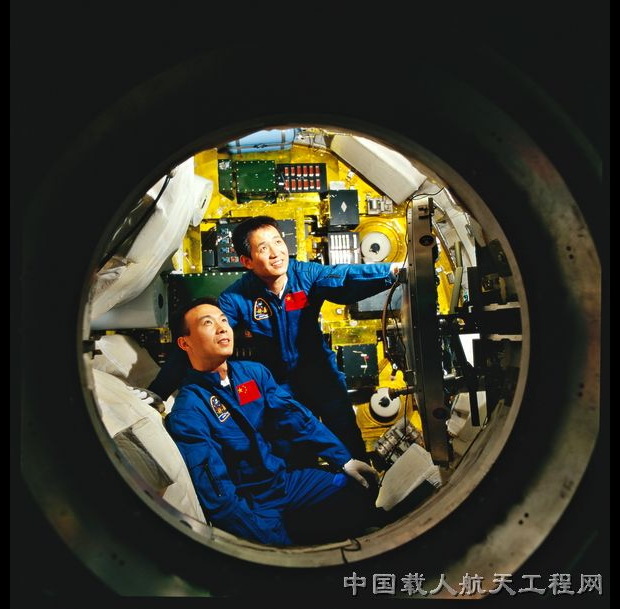
Space travelers from around the world are headed to China this month for an international Planetary Congress, which will explore the possibilities for expanding human spaceflight cooperation among different countries.
China's Manned Space Agency is a key organizer and official host of the landmark gathering in Beijing. In a first, the Chinese space agency is working on the event with the Association of Space Explorers (ASE), an international nonprofit organization of over 395 astronauts and cosmonauts from 35 nations.
The conference's theme is "Cooperation: To Realize Humanity's Space Dream Together," and will take place from Sept. 10 to 15 in Beijing. The goal, according to congress organizers, is to encourage an open discussion about international cooperation in the future development and planning of human spaceflight. [China's First Space Station in Pictures]
An open invitation for space travelers
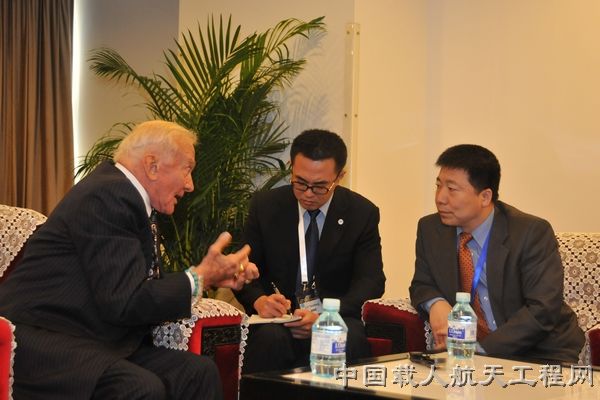
During the Planetary Congress, Chinese space program officials are expected to invite astronauts from all over the world to engage in efforts to internationalize China's planned space station. China aims to attract more countries and organizations with its space station program, bolstering international cooperation.
Yang Liwei, vice director of the China Manned Space Engineering Office (CMSE), and China's first astronaut, will spotlight the invitation during the congress. Former NASA astronaut Buzz Aldrin, who became the second man to walk on the moon during the Apollo 11 mission, joins Liwei on the invite list.
Chinese astronauts are also expected to present information regarding their spacewalking skills and the flight of China's first female astronaut on the country's Shenzhou spacecraft last year. They will also outline future space station construction plans.
Hollywood is expected to make an appearance at the 2014 Planetary Congress, with a viewing of a clip from last year's hit space film "Gravity." The showing will be part of a discussion on rescuing astronauts in peril between space stations. In the fictional film, star Sandra Bullock takes a harrowing journey between the International Space Station and a Chinese space outpost.
Get the Space.com Newsletter
Breaking space news, the latest updates on rocket launches, skywatching events and more!
More than 30 space travelers from the United States will attend next week's Planetary Congress, including active NASA astronauts. However, those American astronauts will attend as private citizens and ASE members, not as official representatives of NASA.
"This is our first ASE Congress in China and our fourth in Asia," said Andrew Turnage, executive director of ASE–USA. "We have been working with China for some years now on hosting a congress, and we are excited to have the opportunity to visit China and learn more about their space program and plans for exploration, in low-Earth orbit and beyond."
The American astronauts in attendance will join astronauts and cosmonauts from 16 other countries: Austria, Bulgaria, Canada, France, Hungary, Italy, Japan, Kazakhstan, Malaysia, Mongolia, The Netherlands, Poland, Romania, Saudi Arabia, Sweden and the United Kingdom.
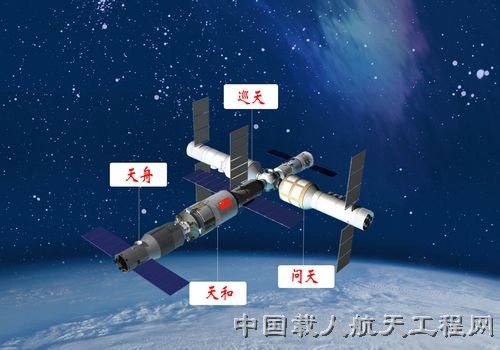
A broader perspective on space
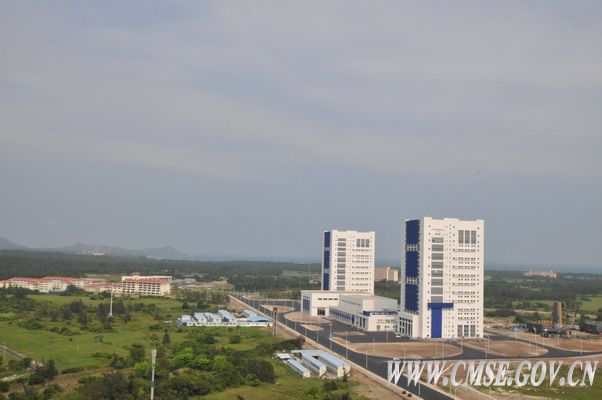
The congress demonstrates that the Chinese are clearly enthusiastic about cooperative activities in space, Turnage said.
"We hope that the ASE visit and congress in Beijing can broaden perspectives and open doors for all spacefaring nations to work together on exploration, asteroid defense and planetary stewardship," he said.
The ASE has a long track record of encouraging international space efforts. In the 1980s, the organization was instrumental in building the foundations for cooperation in space that is in evidence today with the United States, Russia, Europe and other international partners, Turnage said.
"Now, ASE has a new opportunity to build a foundation for cooperative efforts in space that include China as a major contributor and partner," he added.
A faster space station path
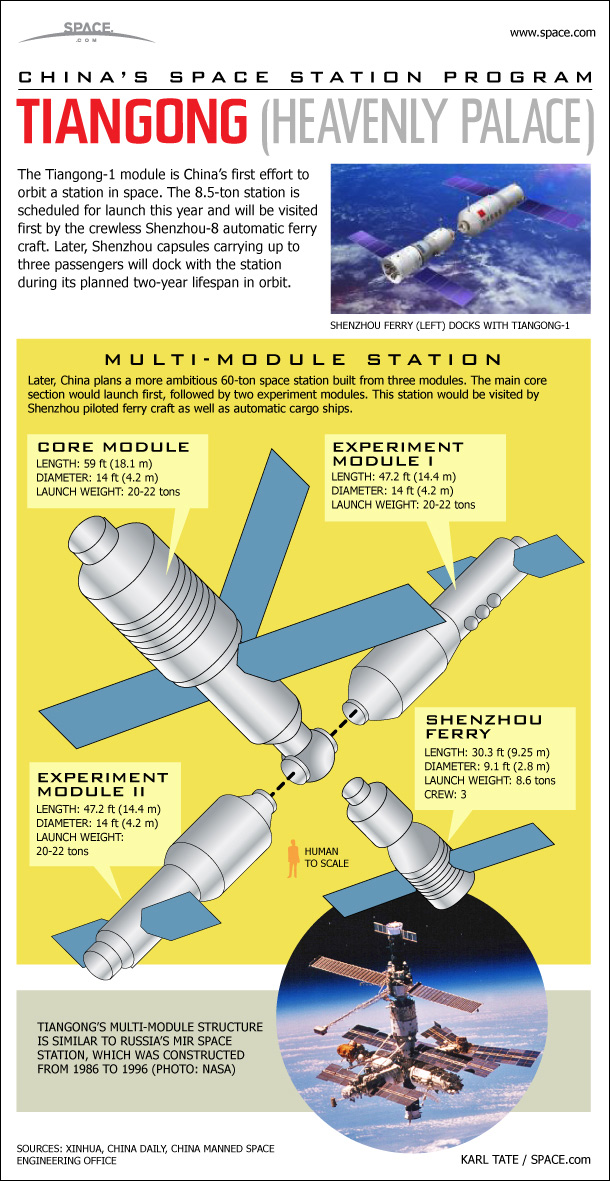
China is also seeking to speed up its space station plans.
China Daily reported July 18 that the first of three experimental modules for China's planned space station are expected to launch in 2018, with the other two set for 2020 and 2022. Those modules would form the foundation of a 60-ton space station.
"We set the date as a preliminary goal," Gu Yidong, a leading research expert in manned space stations with the Chinese Academy of Sciences, told China Daily.
Those launch targets might change due to a "number of factors that can influence a launch date," Gu told China Daily. "This is a common feature in international research."
China Daily also noted that, since the International Space Station is expected to retire around 2024, China's station could be the only remaining orbital outpost for humans in 10 years.
China's space science plans
Chinese space researchers are currently drafting a plan on how best to utilize the country's space station for scientific inquiry. [China's First Space Station Explained (Infographic)]
China's space station will accommodate specialized lab functions for a number of research fields, said Gao Ming, director of the technology and engineering center for space utilization under the Chinese Academy of Sciences, who is in charge of drafting the plan. Those research fields include applied physics and Earth observation, for monitoring the environment and for disaster response.
Chinese scientists are hopeful that the details of any international cooperation in using their space station can be detailed later this year, Gao said.
China Daily also reported that the country is scheduled to launch its second space laboratory, the Tiangong 2 module, in 2015. This lab will test technology that will be used to sustain astronauts for longer periods in space, and will also conduct other experiments. (China's Tiangong 1 space lab launched in 2011).
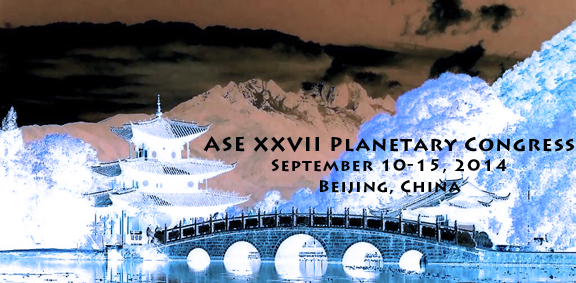
China's new CZ-7 rocket
Meanwhile, work is progressing on China's new CZ-7 rocket, the China Manned Space Engineering Office has posted.
The new-generation medium-lift launch vehicle has a low-Earth orbit capacity of 13.5 tons. It is designed to launch China's new Tianzhou cargo spacecraft, which will support construction of the country's future space station.
Tianzhou cargo vehicles will be launched atop CZ-7 carrier rockets from the newly built Wenchang Satellite Launch Center, located on the northeast coast of Hainan Island in the South China Sea. The first tests of a CZ-7 rocket together with a Tianzhou cargo vehicle are expected to be performed later this year.
The upcoming rehearsal is challenging, said Niu Hongguang, deputy chief commander of the China Manned Space Engineering Office, because it involves adoption of a brand-new launch vehicle, spaceship, launch pad, technical process, and command and control system. Additionally, the booster will be transported by sea for the first time.
Leonard David has been reporting on the space industry for more than five decades. He is former director of research for the National Commission on Space and is co-author of Buzz Aldrin's 2013 book "Mission to Mars – My Vision for Space Exploration" published by National Geographic. Follow us @Spacedotcom, Facebook and Google+. Original article on Space.com.
Join our Space Forums to keep talking space on the latest missions, night sky and more! And if you have a news tip, correction or comment, let us know at: community@space.com.

Leonard David is an award-winning space journalist who has been reporting on space activities for more than 50 years. Currently writing as Space.com's Space Insider Columnist among his other projects, Leonard has authored numerous books on space exploration, Mars missions and more, with his latest being "Moon Rush: The New Space Race" published in 2019 by National Geographic. He also wrote "Mars: Our Future on the Red Planet" released in 2016 by National Geographic. Leonard has served as a correspondent for SpaceNews, Scientific American and Aerospace America for the AIAA. He has received many awards, including the first Ordway Award for Sustained Excellence in Spaceflight History in 2015 at the AAS Wernher von Braun Memorial Symposium. You can find out Leonard's latest project at his website and on Twitter.









